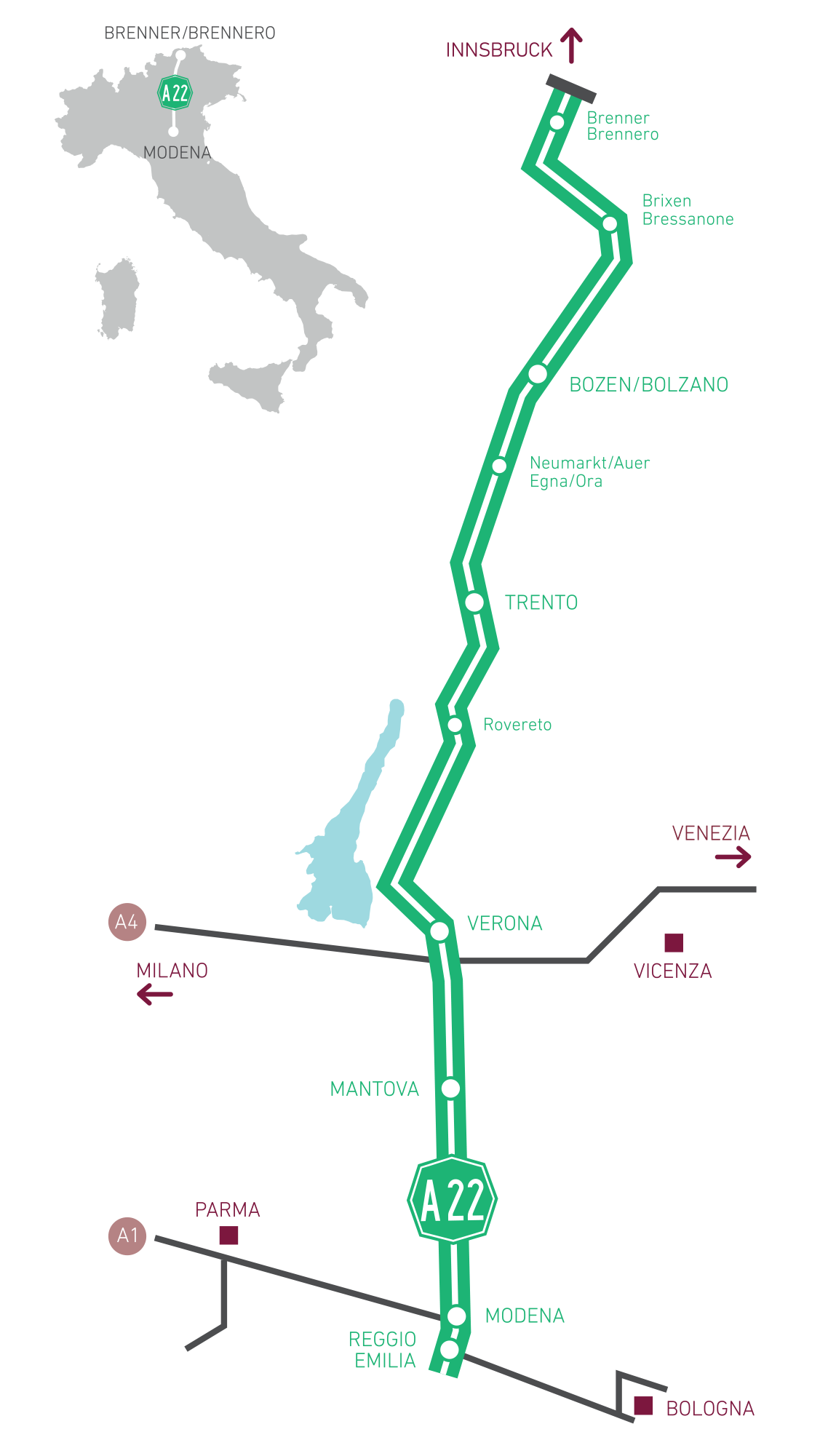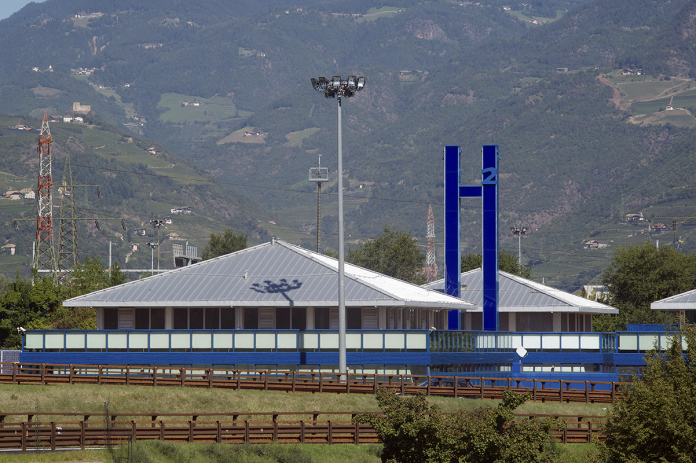Carlo Costa, General Technical Manager explores what the future has in store for Autostrada del Brennero SpA and their reduction of environmental pressures
Sixty-three years after it was founded, Autostrada del Brennero SpA remains a joint-stock company with a predominantly public shareholding. Specifically, the 16 founding local authorities hold 84.75% of the shares. This strong public coordination, which ensures management choices in line with the collective interest, is flanked by a private shareholding (14.16%), which in turn guarantees an approach to efficiency typical of the private market.
The results of this particular governance model over almost 50 years of operation are tangible and measurable. With only two lanes in each direction and a total length of 314 km, the A22 guarantees more than 5 billion km travelled per year. In spite of the large volume of traffic, it has an overall accident rate of 16.99, compared to a national average of 28.
Despite supporting high traffic volumes, the artery appears to be perfectly maintained and even the most recent inspections have revealed excellent care of the infrastructure. The absence of maintenance delays has enabled the Company to anticipate certain decisions that have become topical in terms of the digitalisation of road transport and the ecological transition.
Digitalisation and ensuring connected driving
As part of the European C-Roads Italy project, the Brenner Motorway has developed a message transmission protocol that – through a C-ITS server, the 63 Road Side Units (RSUs) and the virtual RSU implemented for short-range and long-range connectivity – is already able to communicate with connected and autonomous vehicles. This is the first significant step towards a digital connection between the infra- structure and the vehicles travelling on it, aimed at developing Cooperative Intelligent Transport Systems (C-ITS) that are increasingly functional for autonomous and connected driving.
Ecological Transition for a greener future
In terms of ecological transition, in 2014 Autostrada del Brennero Spa added to the widespread distribution of electric vehicle recharging stations offered free of charge to users the first and still the only green hydrogen production and distribution centre in Italy. Thanks to this experimental centre, more than 3 million kilometres have already been travelled emitting only water steam.
The Board of Directors has also approved the construction of five more green hydrogen refuelling points along the motorway. In this context, the BrennerLec project deserves a mention: years of experimentation on the correlation between vehicle speed and atmospheric pollution have made it possible to develop an algorithm that, by cross-referencing air quality, weather and traffic data, is able to indicate the ideal speed to reduce travel time, polluting emissions and environmental pressures.
Intermodality and environmental pressures
Moreover, concern over the environmental impact of the artery on local communities in a scenario of constantly increasing traffic led the company, as early as the late 1990s, to invest in the railway. Today, the three railway companies that belong to Autostrada del Brennero Spa (Rail Traction Company Spa, InRail Spa and Lokomotion Gmbh) cover a significant share of national and cross-border freight traffic.
In particular, the recent acquisition of majority shares in InRail Spa was also decided with the aim of structuring the Group’s railway sector in view of the future opening of the Brenner rail tunnel and a progressive shift of freight traffic from road to rail, one of the pillars of the Green Corridor project.
Towards the Green Corridor
The Brenner Motorway has been concerned for more than twenty years to adopt policies that offer a prospect of environmental sustainability for the territories crossed by Italy’s first overland link with the rest of Europe. For more than ten years, it has been committed to the decarbonisation of transport along this strategic axis with the aim of turning it into Europe’s first Green Corridor.
Net of the uncertainties caused first by the pandemic and then by the conflict in Ukraine, the contextual conditions all seem to be pointing towards a sudden evolution of the mobility models known to date. On the one hand, the demise of the endothermic engine, progressively replaced by zero-emission electric propulsion systems, promises to radically change the very perception of the road as a source of pollution.

On the other, the development of self-driving vehicles makes it possible to plan and no longer just imagine a near future in which journeys can be made more quickly, land consumption for widening existing roads drastically reduced and the human factor, currently the main cause of accidents and deaths on the roads, potentially eliminated. These technical factors are compounded by political, financial and cultural factors.
The growing awareness of the risks of global warming is creating the conditions for a positive contribution by public opinion to the development of new mobility models. The perspectives shared at European level and the decisions taken by the Italian Government have laid the foundations for a historic season of investment in infrastructure, particularly for the mobility of persons and goods.
To date, in order to achieve a new concept of mobility in which cooperative relations between the various sectors of the transport sector and between the various vehicles on a motorway can replace the sum total of the individualisms that make up the current model of mobility, it is necessary first and foremost to make up for the delay in the technological development of infrastructures, particularly road infrastructures, which are largely stuck in an analogue dimension that prevents the interconnection that is essential, for example, to fully exploit the potential of autonomous driving vehicles.
In this context, Autostrada del Brennero Spa is planning investments of over 7 billion euros, totally self-financed and hinged on 15 objectives that will guide the Concessionaire’s entire future activity with a view to full sustainability: smart Highway; intermodality, sustainable mobility and synergy with local transport; ecological transition; circular economy; protection of resources; safeguarding ecosystems and biodiversity; mitigation of emissions and environmental pressures; landscape ecology and architectural quality; safety and protection of human health; Integrated services for travellers and lorry drivers; promotion of historical and cultural values; the maintenance process combined with constant renewal of infrastructure, structural, plant, technological and digital works; Innovation, research and development; training, health and safety of workers; sharing with users and operators.
Please note: This is a commercial profile
© 2019. This work is licensed under CC-BY-NC-ND.











